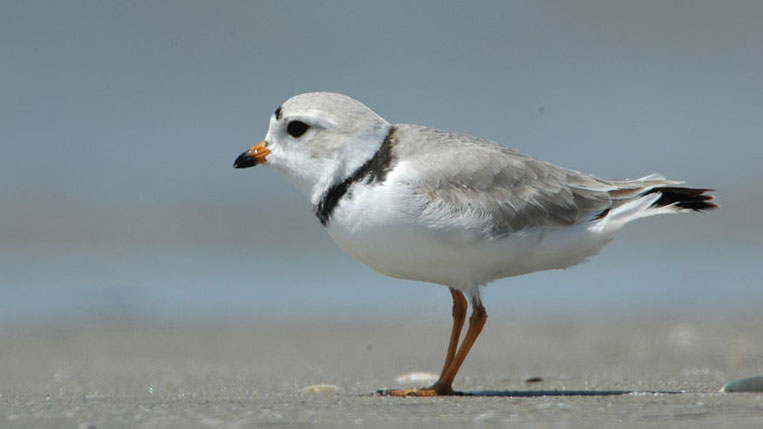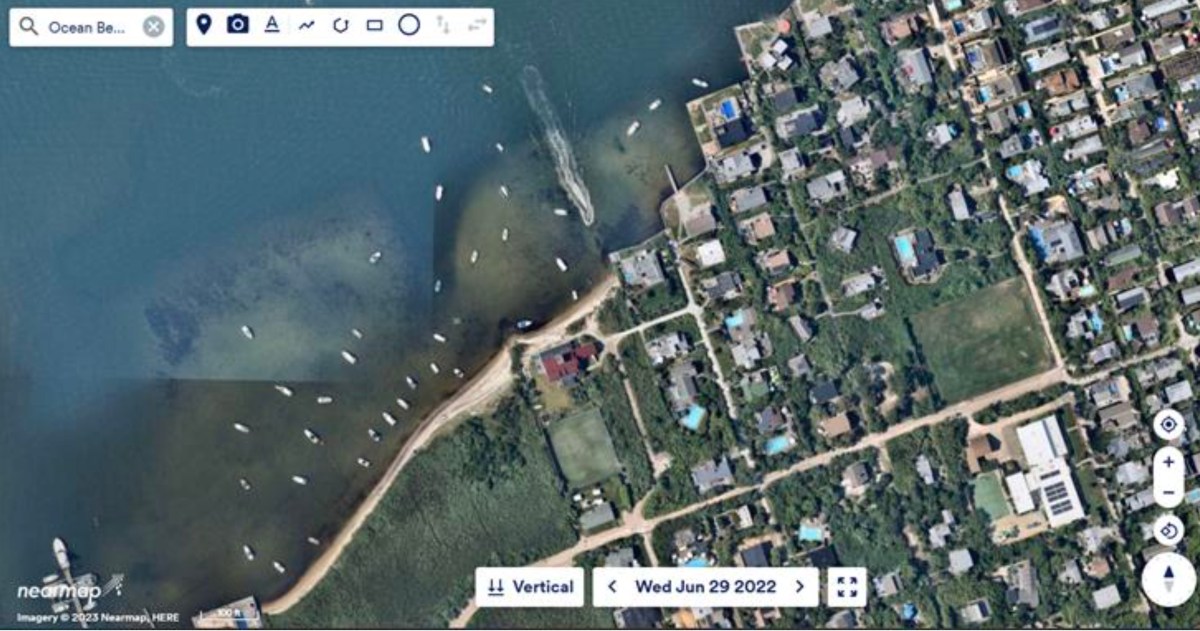Officials are lashing out at an environmental group whose lawsuit stalled a plan to rebuild Sandy-flattened Fire Island dunes after activists argued that the $207-million federally funded project could harm endangered birds.
Judge Sandra Feuerstein granted Friday the Audubon New York’s request for a temporary restraining order in the nonprofit group’s federal lawsuit against the U.S. Army Corps of Engineers and the U.S. Fish and Wildlife Service, two agencies involved in the plan, effectively barring the project’s managers from starting the work—for now.
“They are asserting that habitat protection trumps the safety and security of the residents living in Mastic Beach and other low-lying South Shore communities,” Rep. Tim Bishop (D-Southampton), who has been pushing for the project, said in a statement. “This is a position I simply cannot support. I believe the action of Audubon New York in this instance, particularly as the dredging contract was about to be awarded, is indefensible.”
The group claims in their lawsuit that rebuilding dunes at parts of Smith Point County Park and Fire Island Lighthouse Beach—less than three miles of the 19 miles eyed in the Fire Island Inlet to Moriches Inlet Stabilization Project [FIMI]—disrupts rare nesting areas essential to the survival of the piping plover. The judge’s order does not block planners from planning the more complex third phase of the project in the residential middle section of the 32-mile barrier island.
“The FIMI Project as currently designed is in violation of federal law,” Erin Crotty, executive director of Audubon New York, said in a statement. “Audubon New York has consistently called for an improved plan that protects coastal communities while ensuring the continued survival of the state endangered and federally threatened Atlantic Coast piping plover.”
Although the 7-inch-long, sand-colored shorebirds had a 24-percent population increase in the New York-New Jersey area between 1989 and 2013, the population dropped 32 percent from a peak of 586 pairs in ’07 to 397 last year.
Studies have found that piping plover populations historically rebound after storms flatten out beaches. Audubon New York argues that the already declining endangered bird species populations would be further decimated by 13-foot dunes that it argues piping plover chicks are unable to climb in order to comb the beach for food.
Suffolk County Legis. Tom Cilmi (R-Bay Shore) asked Sunday his Facebook friends to “LIKE and SHARE if you think this is absurd.” The post got 37 likes and 13 shares.
Suzy Goldhirsch, president of the Fire Island Association, a nonprofit group representing the 17 communities that dot the beach, had warned homeowners at a July meeting that a lawsuit was possible.
“I don’t feel it’s warranted,” she said. “But, this is America, anybody can sue for anything.”































